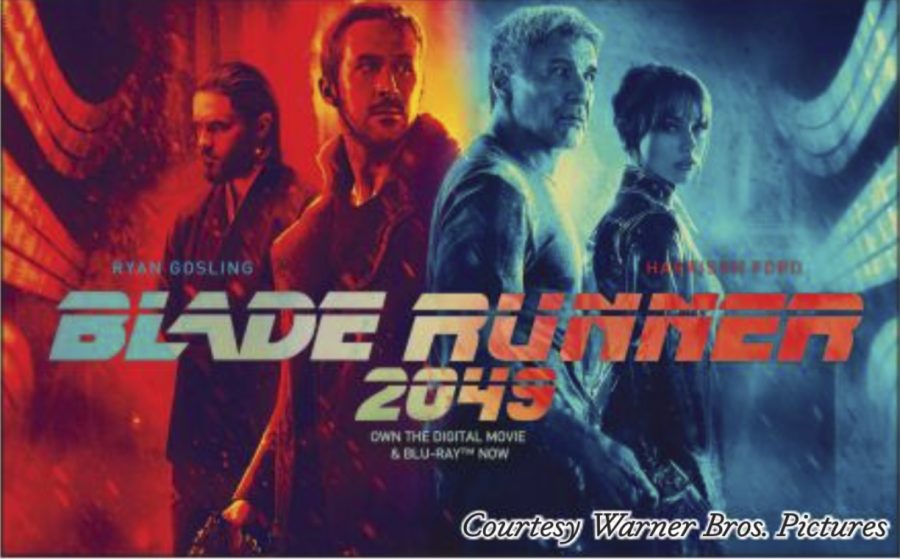As a fan of the 1982 film “Blade Runner” featuring Harrison Ford, I was pleased to see the release of the sequel, “Blade Runner 2049.” I viewed it first at a local movie theater, then for a second time at the Memorial Union Building (MUB) theaters in 2018. I frequently revisit scenes and clips on YouTube.
The genesis of the original story was the 1968 novel “Do Androids Dream of Electric Sheep” by Phillip K. Dick. There are seven different versions of the original film directed by Ridley Scott; these include the workprint, the U.S. theatrical cut, the international cut, the director’s cut and the final cut. Here at the Durham campus of UNH there have been classes offered that are built around this cult film, and its literary genesis.
As an intermittent fan of science fiction, what first drew me to the 1982 film was the hardboiled detective theme of the main character. Set in dystopian 2019 Los Angeles, synthetic humans known as replicants are bio-engineered by a powerful corporation to work on off-world colonies. When a fugitive group of Nexus-6 replicants escapes back to Earth, detective Rick Deckard (Ford) is assigned to hunt them down. Deckard has a romantic interest in one of the replicants, named Rachael. This ends up being pertinent to the new film.
“Blade Runner 2049,” directed by Denis Villeneuve, stars both Ryan Gosling and Harrison Ford. The story takes place 30 years after the first film. Gosling plays K, a Nexus-9 replicant “blade runner.”
As the story opens, K lands at a protein farm, where he confronts and kills a rogue replicant. In the process, he discovers a mysterious box buried near a tree. The box contains the remains of a woman who died during childbirth. Forensic inspection of the remains reveals that the mother was a replicant. This is threatening to the world’s power structure, because it demonstrates that replicants can reproduce sexually, which everyone believed could not happen. K’s law enforcement supervisor, Lt. Joshi (Robin Wright), is concerned that this could lead to a war between humans and replicants. K receives orders to destroy the replicant child to hide the truth.
K aches to be human, and he begins to foster ideas that the child in question – a hybrid human and replicant – might be himself. He approaches Dr. Ana Stelline (Carla Juri), who lives in a sterile environment (for reasons revealed later in the film). Dr. Stelline is charged with creating lifelike dreams that are inserted in to replicants. In a moving scene, she ends up showing K the truth about himself,
There is a thoughtful depiction throughout the film of K’s romantic relationship with a virtual female partner. In effect, they both ache to be flesh and blood. There is action aplenty in this film, interspersed with underlying references to social issues. These include human rights issues, and accountability of children born out of wedlock.
Tension continues to mount as K goes in search of Deckard (Ford reprises his original role here). He discovers him hiding in post-apocalyptic Las Vegas. Gosling and Ford play off of each other very well. Ford’s role in the film is no cameo; his previous relationship with Rachael factors into the final outcome of the movie.
I recommend this film to students of fiction and science fiction classes at UNH, and fans of the original film. The character of K is intriguing in that he balances his need for violence with the more humane aspects of his soul.



















